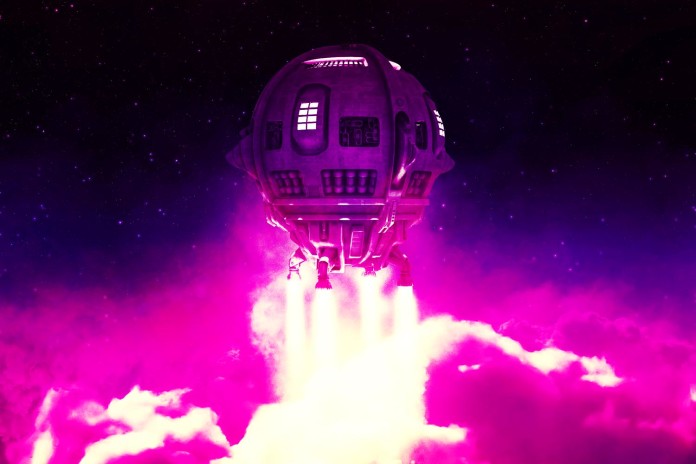
Space tourism is in the near future. That much you probably know. Did you know that NASA is already advertising it, though? The agency has released a majestic series of free posters that prove to show a glimpse of what the future of star travel will look like. That’s not all. Here are a five more things you didn’t know about the campaign.
1. NASA WANTS TO TAKE YOU ON A PLANETARY SLINGSHOT
The ‘Grand Tour’ as NASA calls it is one of their futuristic visions for planetary tourism. In it, the agency will use a gravitational assist. You know that slingshot technique that every space movie seems to use? Yeah, you could do that someday. Using Jupiter, a ship could effectively slingshot past Saturn, Uranus, and Neptune meanwhile, increasing speed the entire time to 38,000 mph.
2. SPACE TOURISM’S BIGGEST EVENT EVERY 175 YEARS
NASA may need to start selling tickets now to space tourism’s biggest even. The aforementioned ‘Grand Tour’ is only available for a limited time. This is due to the fact the four planets only align once every 175 years. It’s amazing to think about the hype that may surround this event someday. Who will be the lucky ones to meander through the solar system, taking on the ancient pathways of the stars?
3. NOSTALGIA IS UNIVERSAL
In NASA’s free tourism campaign, they have discovered the best way to advertise for the future, is use memories of the past. Nostalgia has always been used to create unique feelings in us and the agency has used that logic in their advertisements. The director for the campaign, David Delgado, stated the posters were heavily influenced by old ads from the Works Progress Administration used for the national parks.
4. TO INFINITY AND BEYOND
NASA doesn’t just want to take tourism to Mars and back. It wants to go further into the deep. As the agency’s Kepler space telescope continues to uncover new exoplanets with strange characteristics, the advertisements have toyed with the idea of visiting the far stars of our galaxy.
5. CREATIVITY AND SCIENCE EXIST IN HARMONY
Of these planets, Kepler-16f is one of the examples advertised for interstellar travel. The two-sunned planet inspired a burning red poster that pretty much set the tone for the entire campaign. Together, artist and scientist alike got together to imagine these alien worlds. Of course, any concrete possibility of this is far off, but the ads provoke hope and desire for us on Earth and future generation of space exploration.

















